5 Things I Learned Overseas in Asia
When we first travel somewhere new we can encounter issues that we are not used to. Things like the heat and humidity, hygiene and just plain cultural differences. Below are my top 5 biggest lessons I learned while in Asia.
1. No Soap, No TP, No Toilets: Hand Sanitizer, tissues, and bracing for life
One of the biggest issues I found while traveling in Asia is the lack of soap, toilet paper, or “western toilets”, things we take for granted in the USA. More often than not, I would find myself in a situation where I only had the option of squatting toilet (a popular choice in Asia). I being the graceful person I am, I would have to brace against the sides of the stall only to find when I was done there was no toilet paper. The best way to solve this is by keeping a pack of travel size tissues in your bag or pocket. When you go to wash your hands if there’s not soap, just get some hand sanitizer, it works well in a pinch and will substitute soap.
One of the biggest issues I found while traveling in Asia is the lack of soap, toilet paper, or “western toilets”, things we take for granted in the USA. More often than not, I would find myself in a situation where I only had the option of squatting toilet (a popular choice in Asia). I being the graceful person I am, I would have to brace against the sides of the stall only to find when I was done there was no toilet paper. The best way to solve this is by keeping a pack of travel size tissues in your bag or pocket. When you go to wash your hands if there’s not soap, just get some hand sanitizer, it works well in a pinch and will substitute soap.
2. Your International Debit Card DOESN’T WORK: find a Citibank branch or 7-11
For some reason, some ATMs in public areas do not accept foreign cards, even the ones in popular tourist shopping destination. This can be a major issue if you’re in a country with a cash-based economy. For the most part, I was able to always find an ATM that took my card, but there were times where I struggled with getting money, such as places like Songshan Cultural Park which only had ATMs for Taiwanese and Chinese consumers. If you wanted to skip these issues for the most part, the best cards for travel in Asia are Charles Schwabb (USA) and Revolut (Europe/USA/Asia) cards, which forgo typical credit card fees and work worldwide. I have a debit card from a small local bank near my house, however, I have met people who swear by these accounts.
For some reason, some ATMs in public areas do not accept foreign cards, even the ones in popular tourist shopping destination. This can be a major issue if you’re in a country with a cash-based economy. For the most part, I was able to always find an ATM that took my card, but there were times where I struggled with getting money, such as places like Songshan Cultural Park which only had ATMs for Taiwanese and Chinese consumers. If you wanted to skip these issues for the most part, the best cards for travel in Asia are Charles Schwabb (USA) and Revolut (Europe/USA/Asia) cards, which forgo typical credit card fees and work worldwide. I have a debit card from a small local bank near my house, however, I have met people who swear by these accounts.
3. In Between Lodging and Have Luggage: Use a Luggage Locker
When you’re on the go or just in between hotels, carrying luggage from place to place can be a complete drag especially if it’s the middle of summer and 100% humidity. You may be backpacking a country or just switching hotels and your check-in is not until 4:00PM. This can be stressful for anyone, however, I’ve found there is a viable solution. In many regional rail and subway stations there are luggage lockers where you can lock your luggage away for a predetermined amount of time. It may be a small fee, but if you’re tired of lugging things around it is a Godsend.
Similarly, many museums have lockers where you can keep your luggage for a refundable fee. In Seoul, South Korea, I found that most museums would charge 250-500 Won, while similarly in Taiwan it was around 10NTD. These fees are under $1 USD and are paid in coins. While museums in the USA have this feature they usually don’t have very large lockers, but I’ve found the ones in Taiwan are quite large and can easily fit a full-sized suitcase or carry on. This is a cheap way to explore a city until your check in time.
When you’re on the go or just in between hotels, carrying luggage from place to place can be a complete drag especially if it’s the middle of summer and 100% humidity. You may be backpacking a country or just switching hotels and your check-in is not until 4:00PM. This can be stressful for anyone, however, I’ve found there is a viable solution. In many regional rail and subway stations there are luggage lockers where you can lock your luggage away for a predetermined amount of time. It may be a small fee, but if you’re tired of lugging things around it is a Godsend.
Similarly, many museums have lockers where you can keep your luggage for a refundable fee. In Seoul, South Korea, I found that most museums would charge 250-500 Won, while similarly in Taiwan it was around 10NTD. These fees are under $1 USD and are paid in coins. While museums in the USA have this feature they usually don’t have very large lockers, but I’ve found the ones in Taiwan are quite large and can easily fit a full-sized suitcase or carry on. This is a cheap way to explore a city until your check in time.
4. Summer Heat is Oppressive and Taking It’s Toll: Stay Hydrated, Eat HOT Foods, and PRAY
While this may seem like a no brainer, you would not believe how often I woke up dehydrated after a day out in the sun in Asia. No matter how many bottles of water I drank I was still perpetually dehydrated. I realized later that I was not doing basic things to keep myself from having issues. First, bring a refillable water bottle with you wherever you go. While it may be easier to buy a 50 cent bottle at a 7-11, you will be adding to the crazy amount of plastic waste already in Asia. Instead, there are many public places where you can find a water fountain or water cooler (Most restaurants have one).
Also, if you’re someone who wants to stay cool, eating hot food (spice and temperature) is a surefire way to cool you down. While this may seem redundant, you are more likely to sweat more after eating spicy foods, allowing your body to cool itself down faster. This doesn’t mean you can’t eat cold food, especially when patbingsu or baobing (Korean or Chinese Shaved Ice with fruit) are so delicious in the summer, it just means if you need to cool down fast, add some hot sauce to your lunch or dinner.
While this may seem like a no brainer, you would not believe how often I woke up dehydrated after a day out in the sun in Asia. No matter how many bottles of water I drank I was still perpetually dehydrated. I realized later that I was not doing basic things to keep myself from having issues. First, bring a refillable water bottle with you wherever you go. While it may be easier to buy a 50 cent bottle at a 7-11, you will be adding to the crazy amount of plastic waste already in Asia. Instead, there are many public places where you can find a water fountain or water cooler (Most restaurants have one).
Also, if you’re someone who wants to stay cool, eating hot food (spice and temperature) is a surefire way to cool you down. While this may seem redundant, you are more likely to sweat more after eating spicy foods, allowing your body to cool itself down faster. This doesn’t mean you can’t eat cold food, especially when patbingsu or baobing (Korean or Chinese Shaved Ice with fruit) are so delicious in the summer, it just means if you need to cool down fast, add some hot sauce to your lunch or dinner.
5. Bringing too Much to Carry on Day Trips: Invest in Multi-use Storage and Minimize Heavy Objects
I admit it, I’m a serial overpacker, even on day trips, and when I’m overseas in a place where it’s hot, humid, and I can’t communicate well I’ve made some mistakes. One of the biggest mistakes I’ve made? Carrying guide and language books around on day trips just in case I need them. These items are heavy and don’t really help very much when out and about. While you can purchase them prior to a trip, keep them in the hotel, your phone may be a better option with live offline translations et cetera at your fingertips. You can also create offline maps on Maps.me which uses GPS coordinates and no data to track your location. This will significantly lighten your load and make it easier to enjoy your trip, without cumbersome bags. This tip goes for books you read for pleasure, if you can download it to your phone or Kindle it takes up less space and provides some relief.
Your backpack or purse is your best friend. If you like to bring your camera like I do, I would suggest buying a bag that has a padded section for your camera (Here’s my bag). I carry a DSLR for most of my travels and it can be HEAVY, plus all of your day to day travel items are rattling around the bag with it. When I was in Korea, I made the mistake of using a regular purse and putting a smaller camera bag inside of it. By the end of the day my shoulder was covered in red marks from the straps being weighted down with my camera. Travel camera bags are not much more expensive than a backpack or purse, and they have larger straps to distribute the burden. The backpag I use is a GoGroove bag and it was fantastic, compact but really used space well!
If you don’t feel like carrying a bag, buy a fanny pack or money belt, this will keep items out of your pockets (and away from any pickpockets) and secure credit cards, passports and phones. I would suggest even investing in one that hangs around your neck instead of going without.
Finally, you carry a lot in your hands when you travel: maps, phones, the odd beverage or to go food item. If you can find one, purchase a drink holder from a street vendor. These holders have straps that you can slip on your arm and allow you to carry any drink with ease as it frees up your hands. If you’re in a country like Korea or Taiwan you will see a lot of these as they are so useful for carry other items as well.
I admit it, I’m a serial overpacker, even on day trips, and when I’m overseas in a place where it’s hot, humid, and I can’t communicate well I’ve made some mistakes. One of the biggest mistakes I’ve made? Carrying guide and language books around on day trips just in case I need them. These items are heavy and don’t really help very much when out and about. While you can purchase them prior to a trip, keep them in the hotel, your phone may be a better option with live offline translations et cetera at your fingertips. You can also create offline maps on Maps.me which uses GPS coordinates and no data to track your location. This will significantly lighten your load and make it easier to enjoy your trip, without cumbersome bags. This tip goes for books you read for pleasure, if you can download it to your phone or Kindle it takes up less space and provides some relief.
Your backpack or purse is your best friend. If you like to bring your camera like I do, I would suggest buying a bag that has a padded section for your camera (Here’s my bag). I carry a DSLR for most of my travels and it can be HEAVY, plus all of your day to day travel items are rattling around the bag with it. When I was in Korea, I made the mistake of using a regular purse and putting a smaller camera bag inside of it. By the end of the day my shoulder was covered in red marks from the straps being weighted down with my camera. Travel camera bags are not much more expensive than a backpack or purse, and they have larger straps to distribute the burden. The backpag I use is a GoGroove bag and it was fantastic, compact but really used space well!
If you don’t feel like carrying a bag, buy a fanny pack or money belt, this will keep items out of your pockets (and away from any pickpockets) and secure credit cards, passports and phones. I would suggest even investing in one that hangs around your neck instead of going without.
Finally, you carry a lot in your hands when you travel: maps, phones, the odd beverage or to go food item. If you can find one, purchase a drink holder from a street vendor. These holders have straps that you can slip on your arm and allow you to carry any drink with ease as it frees up your hands. If you’re in a country like Korea or Taiwan you will see a lot of these as they are so useful for carry other items as well.


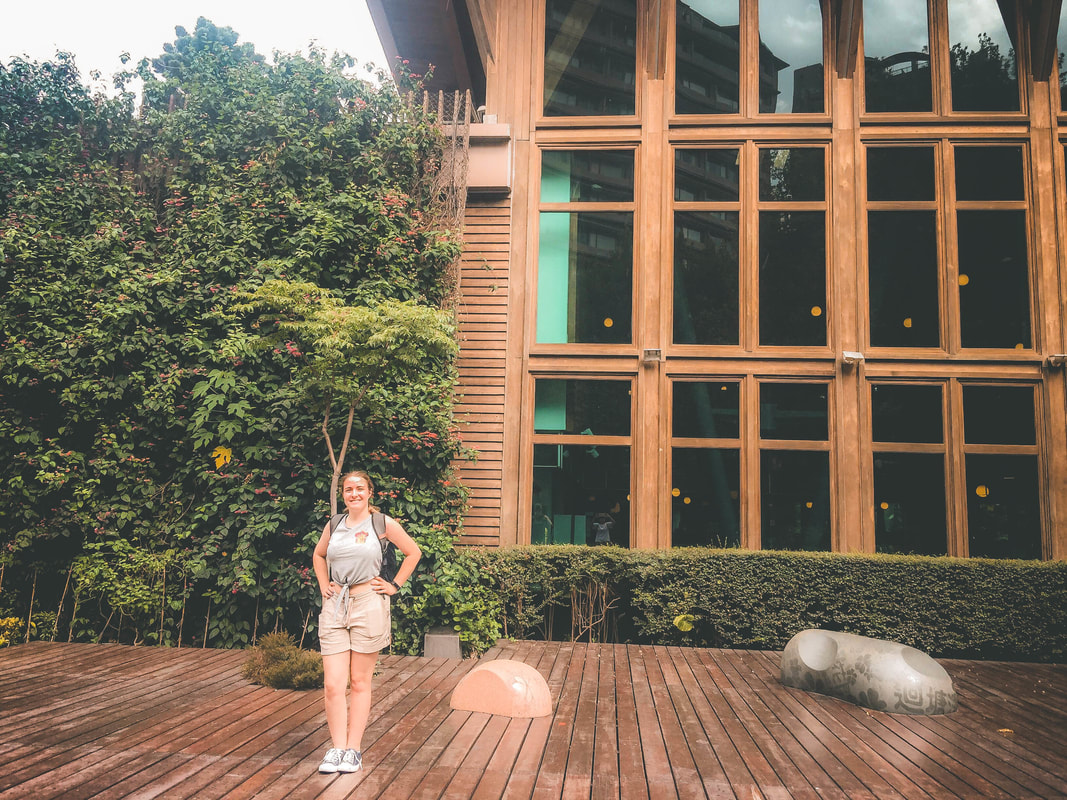
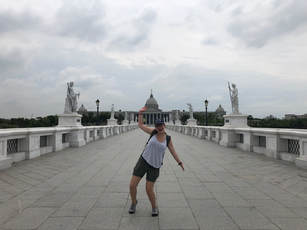
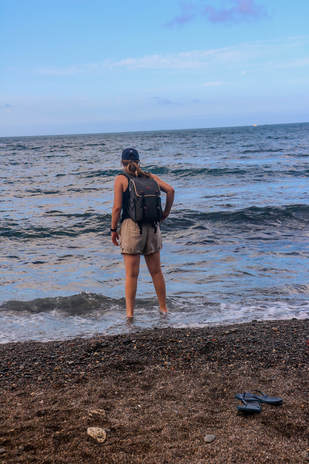
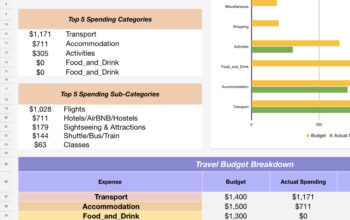
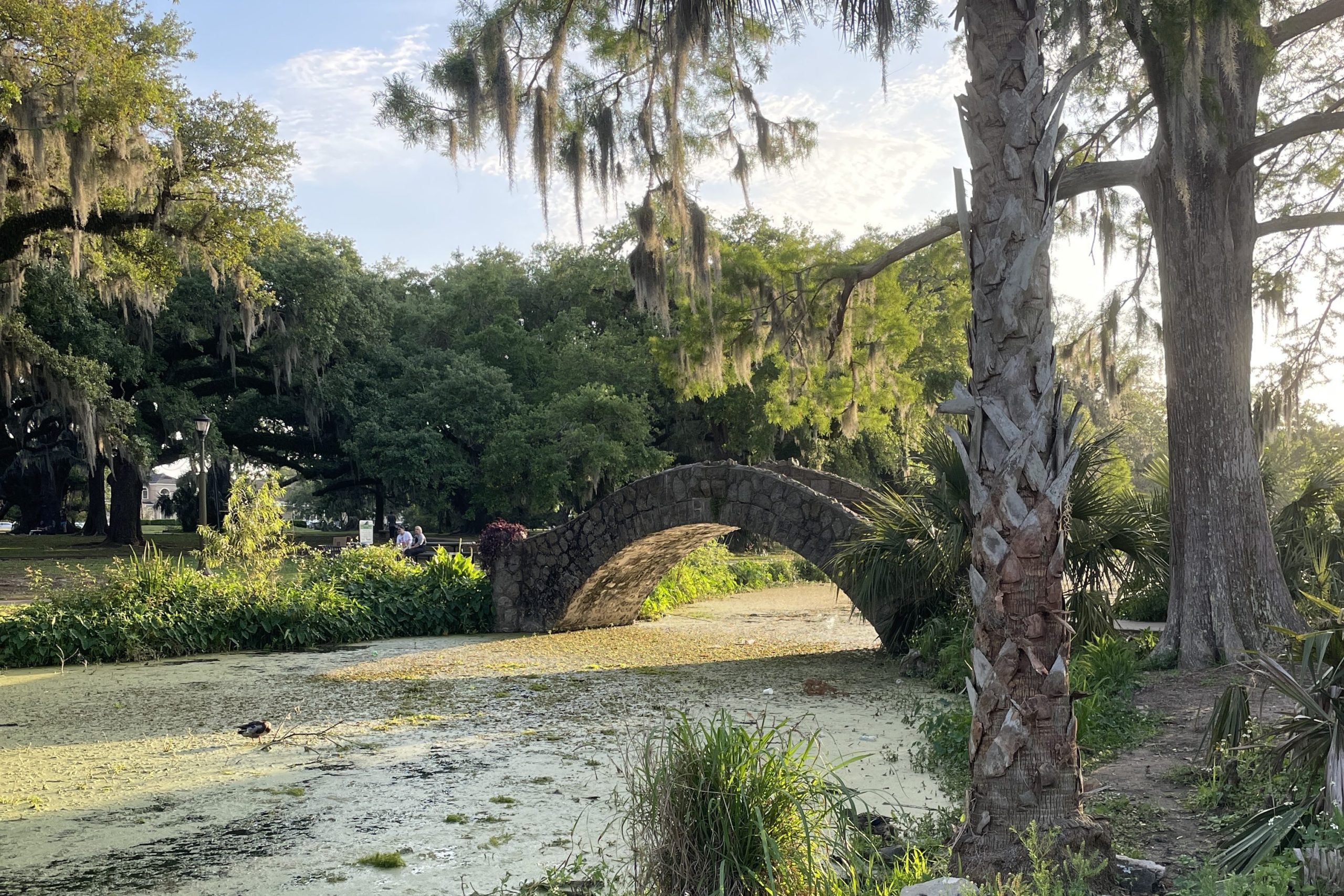
Some really good advices there – deffo will remember to bring hand sanitizers and paper! 😡
I’m always a bit concerned about refilling my water bottle when traveling overseas. Not to a Miranda in the Sex and the City movie-extent, but I would hate for my trip to get ruined because of different bacteria floras in the tap water. Have you experienced any issues with this? 🙂
If it’s from a water fountain in a public area it should be fine! If you’re afraid you can get a water bottle with a charcoal filter!
Oh goodness the first tip!! I can’t tell you how many interesting trips to the bathroom I had before I finally went and bought a roll!!
The amount of times I’ve dealt with some subpar bathrooms I just keep a little baggy with all of those things in there!
Thank You for the Tips 😛
I can handle the squatting, but the no toilet paper? Heck no. Definitely stashing these tips away.
i remember being shocked at the lack of toilet seat covers in the UK.
Joy at <a href=“http://www.thejoyousliving.com”>The Joyous Living</a>